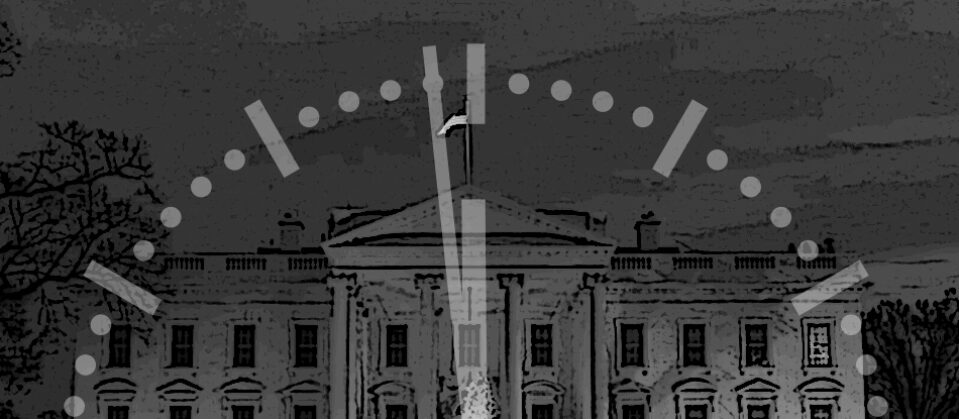Introducing the Midnight Watch Project
David J. Hayes (Past Executive Director) / November 12, 2020

A presidential transition is always a scramble. With fewer than 80 days separating the election from a new president’s inauguration, there is precious little time to prepare a new team to begin governing. Outgoing presidents face the same time pressure to wrap up loose ends and cement their legacies.
Many Americans are rightly concerned that President Trump’s unfounded claims of election fraud and his refusal to give President-elect Biden’s transition team access to agency resources is recklessly jeopardizing the transition process. We should also be concerned, however, about how President Trump may exercise his regulatory and executive powers in his waning days in office, particularly given his on-going and well-documented assault on our nation’s climate, clean energy and environmental needs and values.
The State Energy & Environmental Impact Center has launched the Midnight Watch Project with this latter concern in mind. Our goal is to capture and consolidate end-of-term developments on environmental, climate, energy, public lands and conservation issues in one place, in order provide a high-level picture of which regulatory and policy issues remain in play — and to call attention to new issues as they arise. The goal is simply to shine a light on these developments for journalists, for policymakers, for advocates and for the broader public.
We expect a busy time for our Midnight Watch Project. The Trump administration has been doing its best to dig a big hole for the next administration on climate, clean energy and environmental matters, and there’s no reason to think that the administration is going to put the shovel down now. There are a number of issues still on the table — rushing to start oil and gas development in the Arctic Refuge (including the late-breaking proposal to begin invasive seismic testing this winter), expanding leasing in the National Petroleum Reserve-Alaska, directing federal agencies to further downplay greenhouse gases and climate impacts in NEPA reviews, and finalizing empty emissions standards for the aviation sector — any of which would take the country further in the wrong direction on climate and the environment.
State attorneys general have previously weighed in on these and other matters that are pending final decisions. Among the most prominent are the EPA’s systemic proposals to downgrade reliance on peer-reviewed human health studies and to rejigger cost-benefit analyses under the Clean Air Act to exclude consideration of major benefits when evaluating proposed emissions restrictions. The EPA ostensibly is planning to discredit heath studies because underlying medical information is unavailable for public review due to patient privacy obligations. What’s really going on, however, is an attempt to push aside scientific evidence that conventional pollution sources are causing millions of premature deaths and a virtual epidemic of asthma and other respiratory maladies.
Likewise, the EPA is looking to artificially distort the agency’s cost-benefit review process to screen out regulations that are providing multiple health benefits. These last-gasp, systemic changes put large numbers of Americans at risk, particularly environmental justice communities, which face disproportionately high health risks from conventional air pollutants. In the same vein, the EPA is poised to retain National Ambient Air Quality Standards for ozone and particulate matter pollution — despite a scientific consensus that those existing standards aren’t effectively protecting public health. So it is no exaggeration to conclude that because of their life and death consequences, the Trump administration’s final decisions may have outsized ramifications for the incoming Biden administration’s agenda.
These are just a few of the regulatory issues that the State Impact Center will be tracking as the transition period proceeds. We also will be watching for the unexpected from the norm-busting Trump administration, including surprise executive actions like the recent demotion of FERC Chair Neil Chatterjee.
The Midnight Watch Project is open to the public, and we encourage anyone interested in these issues to visit our website to explore, and to alert us to additional developments to record. The State Impact Center will be flagging new developments on Twitter, @StateImpactCntr, and will continue to update and add to the project webpages through Inauguration Day on January 20.
